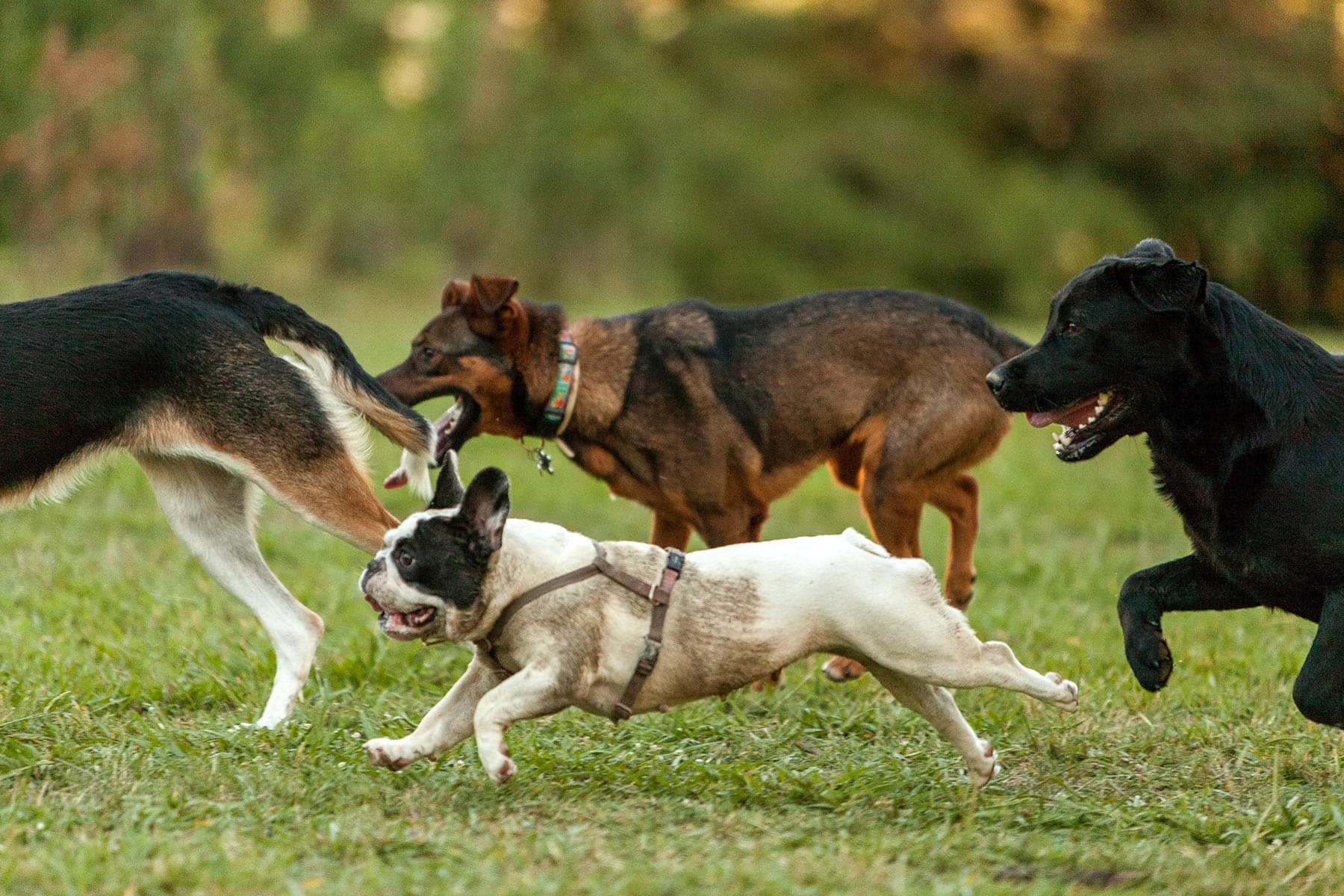- May 3, 2022
- No Comment
- 3 minutes read
Most Dog Breeds Are Highly Inbred — and Unhealthy – WebMD

TUESDAY, Dec. 7, 2021 (HealthDay News) — Traits particular to certain dog breeds — the distinctive spots of a dalmatian or the stubby legs of a dachshund — are often achieved through inbreeding.
But most breeds are now highly inbred, increasing a dog’s risk of health problems, a new study confirms.
“It’s amazing how inbreeding seems to matter to health,” study leader Danika Bannasch said.
Her genetic analysis of 227 breeds found an average inbreeding rate of 25%. That’s the equivalent of sharing the same genetic material with a full sibling.
That level is far above what would be safe for either wild animals or humans. For example, high levels of inbreeding in humans (3 percent to 6 percent) are associated with increased rates of complex diseases and other health conditions, according to the study team.
“Data from other species, combined with strong breed predispositions to complex diseases like cancer and autoimmune diseases, highlight the relevance of high inbreeding in dogs to their health,” Bannasch, a veterinary geneticist at the University of California, Davis, said in a school news release.
“While previous studies have shown that small dogs live longer than large dogs, no one had previously reported on morbidity, or the presence of disease. This study revealed that if dogs are of smaller size and not inbred, they are much healthier than larger dogs with high inbreeding,” Bannasch noted.
The reason some dog breeds are more inbred than others is often a combination of a small original population followed by breeding for specific traits that are often based on appearance rather than purpose, Bannasch explained.
While she isn’t sure there is a way out of inbred breeds, there are ways to preserve the genetic diversity and health of a breed. That includes careful management to avoid the loss of existing genetic diversity through breeder education and monitoring of inbreeding levels.
Every effort is needed to maintain genetic diversity in the few breeds with low inbreeding levels, Bannasch emphasized.
The findings were published online Dec. 2 in the journal Canine Medicine and Genetics.
More information
The American Kennel Club offers a guide to responsible dog breeding.
SOURCE: University of California, Davis, news release, Dec. 2, 2021
© 2005 – 2022 WebMD LLC. All rights reserved.
WebMD does not provide medical advice, diagnosis or treatment.
See additional information.

